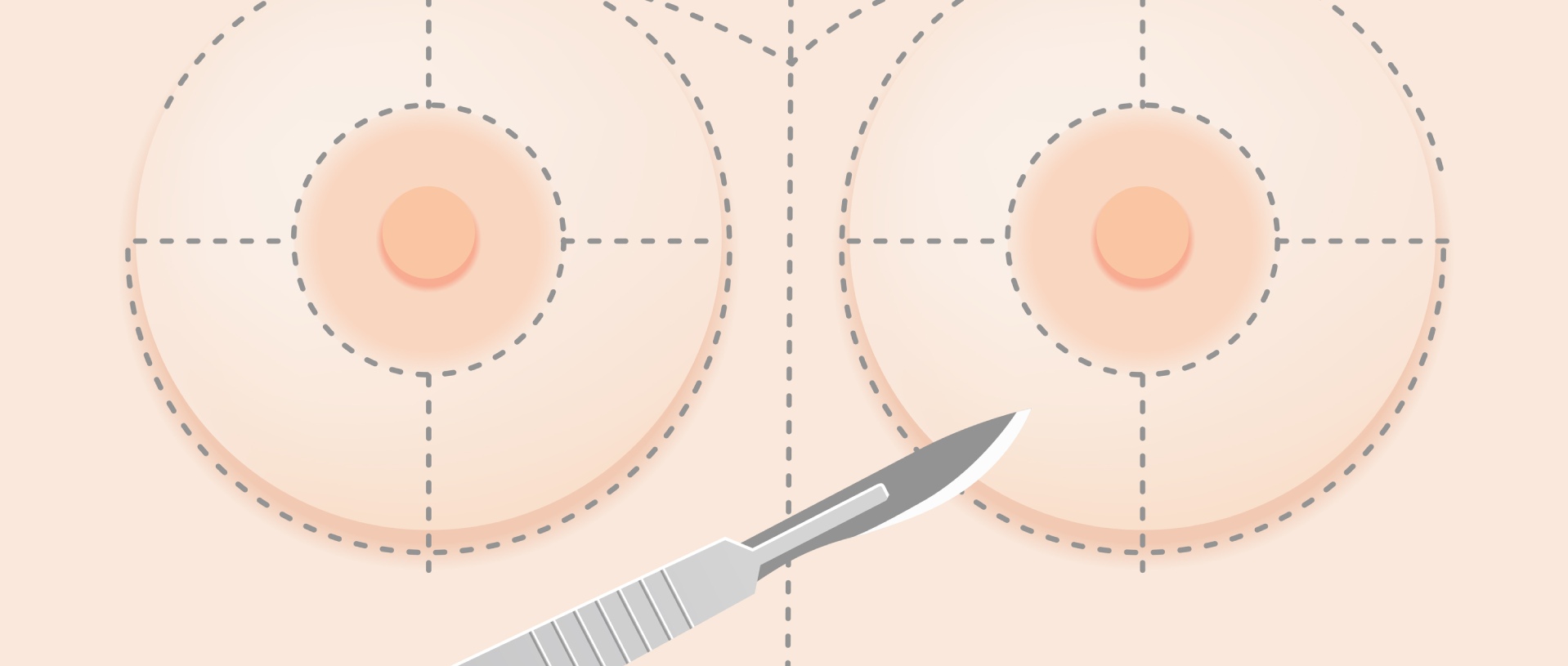Breast Augmentation Implant Incision Types
![]() Breast augmentation with implants is one of the most popular cosmetic surgeries in the United States. Board-certified plastic surgeon Dr. Solomon Azouz has performed many breast surgeries in Dallas, Texas. When considering breast surgery, it is important to consider different incisions as they affect scarring, recovery, and breastfeeding. Dr. Azouz has many techniques to camouflage the incision. Many patients report little to no scarring after a breast augmentation in Dallas with Dr. Azouz. There are four types of incisions for a breast augmentation with implants: Transaxillary, Periareolar, Inframammary, and Transumbilical Breast Augmentation (TUBA).
Breast augmentation with implants is one of the most popular cosmetic surgeries in the United States. Board-certified plastic surgeon Dr. Solomon Azouz has performed many breast surgeries in Dallas, Texas. When considering breast surgery, it is important to consider different incisions as they affect scarring, recovery, and breastfeeding. Dr. Azouz has many techniques to camouflage the incision. Many patients report little to no scarring after a breast augmentation in Dallas with Dr. Azouz. There are four types of incisions for a breast augmentation with implants: Transaxillary, Periareolar, Inframammary, and Transumbilical Breast Augmentation (TUBA).
Transaxillary Incision
The transaxillary incision for breast implant insertion is made in the natural fold of the armpit. The technique allows the implant to be inserted without leaving any scars on the breast itself. The implant is positioned with the use of an endoscope, which is a small camera. This incision is popular among patients who wish to avoid obvious scars on their breasts. Although the transaxillary method can be more technically difficult, it has the advantage of concealing scars in the underarm area.
Periareolar Incision
The periareolar incision runs along the lower half of the areola, the pigmented area that surrounds the nipple. The areola’s natural color transition to the breast skin makes this method possible for a well-concealed scar. It facilitates accurate implant placement by giving the surgeon direct access to the breast tissue and implant pocket. Patients who want a less noticeable scar and easier access for future breast procedures, such as breast implant revision, frequently opt for the periareolar technique.
Inframammary Incision
Inframammary incisions are made in the fold beneath the breast, where it joins the chest wall. The breast’s natural overhang in this position makes it possible to conceal a well-hidden scar. It gives the surgeon superior visibility and control during the implant placement process, which can help achieve symmetrical results. The inframammary approach is a flexible technique that can be applied to submuscular or subglandular implants of different kinds.
Transumbilical Breast Augmentation (TUBA)
Transumbilical breast augmentation (TUBA) is performed through a tiny incision in the navel. The surgeon uses this incision to make a tunnel up to the breast area, which allows for the insertion and placement of saline implants. TUBA’s primary benefit is that it doesn’t leave any noticeable scars on the breast. However, this procedure is limited to saline implants and may necessitate a highly competent surgeon, like Dr. Azouz, for the best results.
Which breast implant incision is the best for me?
Choosing the best incision for breast implant placement is determined by several factors, including your anatomy, personal preferences, implant type, and your surgeon’s expertise. Here’s a guide that will help you make a well-informed
Consider Your Anatomy and Desired Outcome
The best incision site depends on your body type and the natural form of your breasts. For example, if you have well-defined inframammary folds (the crease behind the breast), the inframammary incision may be a viable option because of its ability to conceal scars nicely. If you have small areolas, the periareolar incision may not be suitable.
Scars
Scars appear in different places depending on where incisions are made. If minimizing visible scars is important, you may select the transaxillary or transumbilical (TUBA) procedures, which implant scars in less conspicuous regions such as the armpit or navel. With the inframammary and periareolar incisions, Dr. Azouz uses meticulous techniques to camouflage the incision for minimal scarring.
Type of Implant

The type of implant you choose (saline or silicone), along with how it’s placed (above or below the muscle), may affect the incision type. For example, the TUBA procedure is often only applicable to saline implants. If you prefer silicone implants, inframammary or periareolar incisions may be more suitable. Furthermore, some incision sites offer superior access for submuscular placement.
Future Breast Procedures
Consider the possibility of future breast procedures, such as breast implant removals, revisions, or lifts. Some incision sites, such as the periareolar, may offer simpler access for future treatments. If you anticipate needing additional procedures in the future, consult with Dr. Azouz to select an incision that will accommodate future interventions.
Surgeon’s Experience and Recommendations
It is important to know how comfortable and experienced your surgeon is with each form of incision. Board-certified plastic surgeon Dr. Solomon Azouz can assist you in weighing the advantages and disadvantages of each type of incision in light of your individual circumstances.
Personal Preferences
Your choice should be based on your personal preferences for scar location, recovery time, and overall outcomes. Make sure you discuss your aesthetic goals and any concerns you have with Dr. Azouz during your consultation. A thorough consultation will help you match your expectations to the optimal surgical strategy.
Schedule a consultation with Dr. Azouz
Selecting the best incision for a breast augmentation requires a collaborative decision-making process between you and your surgeon. By examining these criteria and consulting with an expert such as Dr. Solomon Azouz, you may choose the incision type that best matches your cosmetic goals and assures a successful breast augmentation. Azouz Plastic & Cosmetic Surgery in Dallas, Texas, provides thorough consultations to anyone considering breast augmentation with implants so they can make selections that are specific to their needs. Contact us online or call us at (972) 702-8888 to schedule your consultation, either in person or virtually.
Posted on behalf of
